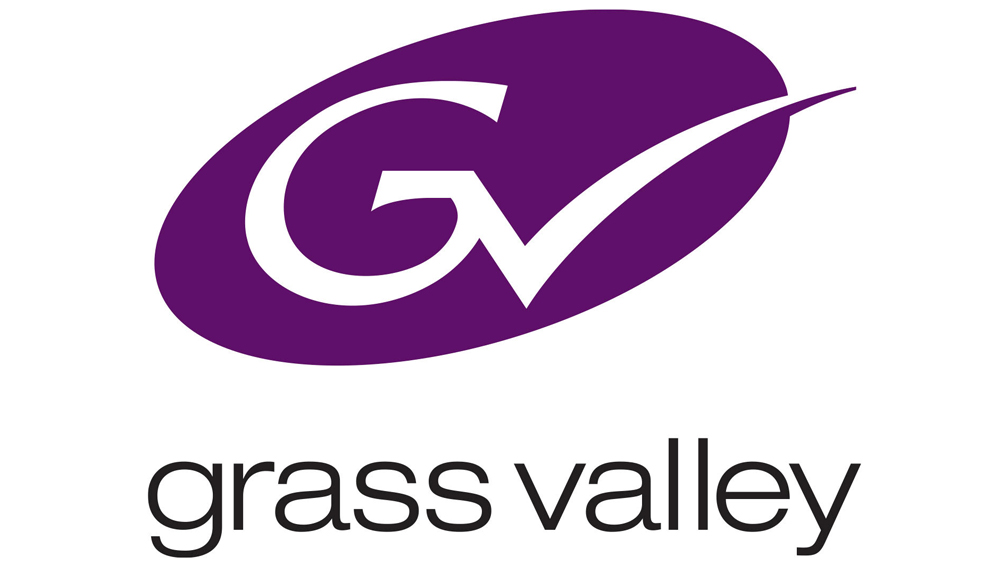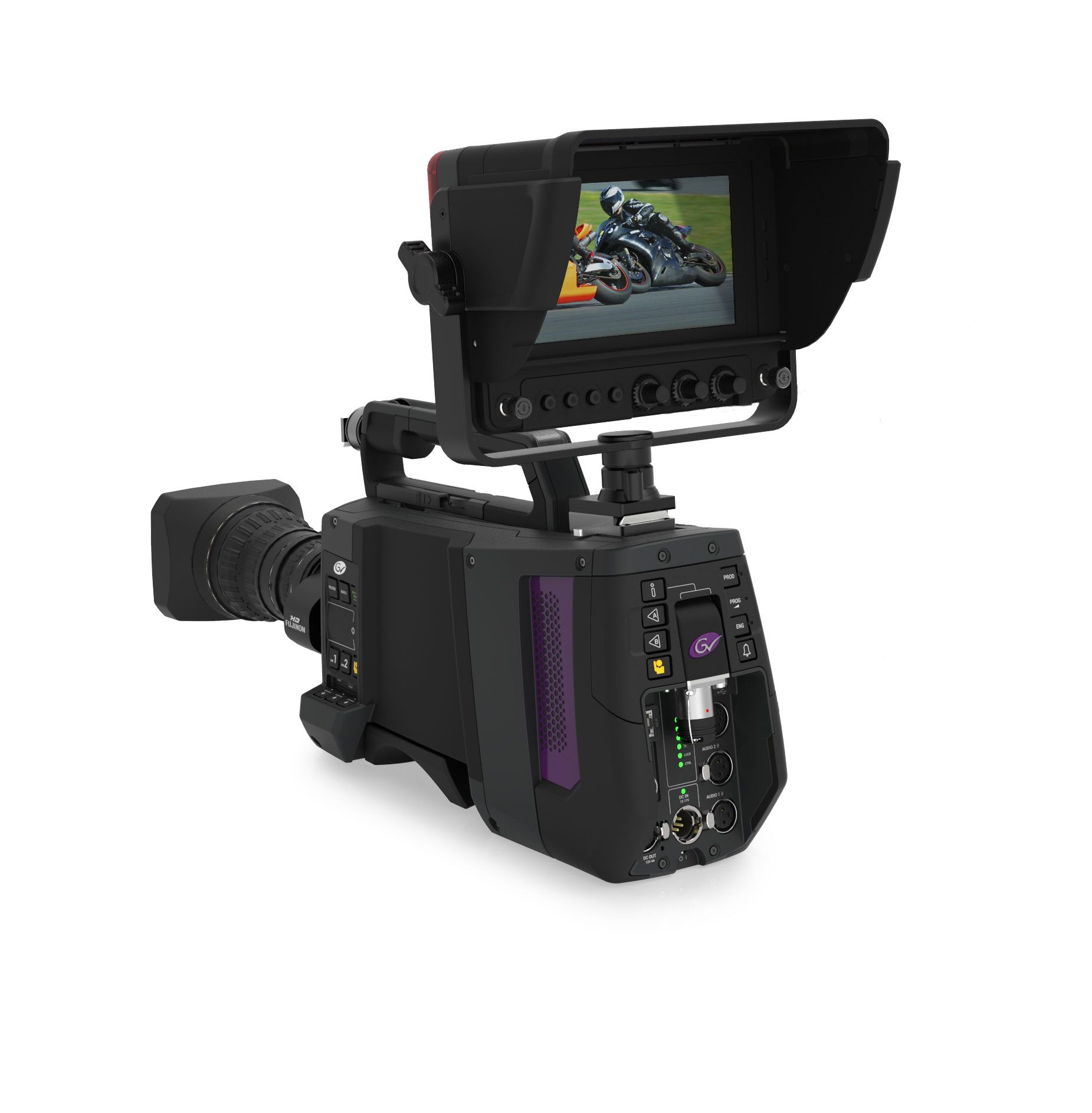
Grass Valley Tackles A Changing Industry

Grass Valley is marching ahead with its transformation from traditional hardware vendor to provider of cloud-based software and services, as it addresses a broadcast customer base that is also undergoing fundamental change. At a virtual press briefing Wednesday, the company detailed several new software products that run on its Agile Media Processing Platform (AMPP) and are sold on a Software-as-a-Service (SaaS) basis, including an audio mixer designed for cloud-based live production.
An audio mixer is a departure for Grass Valley, which is best known for its video switchers and cameras used in live sports production. But customers should expect more innovation like that in the future, said Grass Valley CEO and President Tim Shoulders, who touted the “GV Media Universe” of partner applications, hardware and services that work with AMPP as a way for customers to seek new revenues in a low-risk way. The cloud-based tools are also aimed at helping customers solve “problems of location” as broadcasters continue to rely on remote workflows that were created in response to the COVID-19 pandemic.
“What you can expect out of Grass Valley is a steady stream of new applications that help build a broad ecosystem of not only Grass Valley product, but also third-party product that customers can use under this unified user interface,” Shoulders said. “The challenge, I think, for the industry is to give our customers lower-cost ways of doing business. And one of the ways we can lower the costs for our customers is to give them the flexibility of paying for things as they use it.”
The shift to SaaS products is a reflection of broadcasters’ changing business models, as they invest in new over-the-top (OTT) services to meet consumer demand for nonlinear programming as traditional broadcast revenues decline. Shoulders said that for the first time in 2020, total revenue for advertising and subscriptions on OTT platforms exceeded total pay TV advertising and subscription revenue. He expects that by the end of 2022 total over-the-top revenues will exceed broadcast TV revenues.
“We’re certainly seeing a shift of time and attention of our customers from traditional delivery platforms to new over-the-top delivery platforms,” he said.

Tim Shoulders
At the same time, Grass Valley’s longtime broadcast network customers continue to participate in big rights deals for major league sports like the NFL and NHL but face new competition from streaming players like Amazon. The result, Shoulders said, is that “they’re paying an extraordinary amount of money for that content, and it’s certainly putting pressure on their budgets.”
Besides selling products on a pay-per-use basis, Grass Valley has also created “enterprise pricing agreements” that span the company’s entire product portfolio and include volume pricing, bundling and multiyear agreements. These long-term agreements include special provisions for peak management — “or bursting” — that use the cloud to help customers handle busy times of live production requirements, such as the Tokyo Olympics currently underway.
Since starting the enterprise pricing program earlier this year, Grass Valley has signed up five customers to the tune of $40 million in total revenue. They include Latin America pay TV network Gol TV, which struck a deal to refresh all of its production equipment for soccer coverage.
“It helps increase our certainty and our predictability of revenue, and we can help the end customer because they increase their volumes by lowering their total cost of investment over that time period,” Shoulders said.
Besides all of its new cloud software applications Grass Valley continues to make hardware, with a focus on live production, which still accounts for 80% of its business. Shoulders highlighted new IP-capable cameras (the LDX 100 and 150 Series) that work with the JPEG XS mezzanine compression standard; the Sirius compact routing system; the LiveTouch 2000 replay system; and a low-cost on-premise playout system, Playout Express, for customers looking to “spin up” new OTT channels.
“Our product portfolio is as vital as it’s ever been,” he declared.
The Playout Express product will likely be sold through channel partners, said Shoulders, who also announced three new “Advanced Channel Partners” who will help customers transition to cloud technology. They are Advanced Systems Group (ASG) for North America, Logic for the EMEA region, and Elevate Broadcast for the Asia Pacific region.

A Grass Valley LDX 100
While Grass Valley is pursuing partnerships worldwide through its channel partners and GV Media Universe vendor program, it has consolidated its own operations to three regional “Centers of Excellence” in Krakow, Poland; Kuala Lumpur, Malaysia; and Montreal, Canada, its manufacturing hub. Shoulders said the company is hiring a lot of software development talent in Poland and Malaysia to support its cloud initiatives.
Shoulders joined the press briefing “from the road,” as he was traveling to visit customers. He said it was good to be able to resume customer visits as the COVID-19 situation has improved in North America and Europe due to vaccinations. But he acknowledged the pandemic remains very serious in Asia and Latin America where vaccine availability is much lower, and expressed optimism that the situation will improve in those regions later this year.
Grass Valley is one of several large broadcast vendors who have regularly been holding online press briefings as a way to maintain the information flow since the NAB and IBC conventions were canceled in 2020. The big shows are coming back this fall, with NAB hitting Las Vegas Oct. 9-13 and IBC returning to Amsterdam Dec. 3-6 (after being postponed from its original Sept. 10-13 dates). But Shoulders admitted that he is unsure how many customers will actually attend, and said most are approaching the shows cautiously and monitoring the pandemic situation worldwide.
“It’s mixed,” he said. “Most customers have told me they expect to send some of their staff to NAB — and many of them are looking forward to getting back into the swing of the trade shows — but it will be a reduced number of people who travel. I think it’s highly variable, and dependent on what kind of projects people have going on.”

























Comments (0)